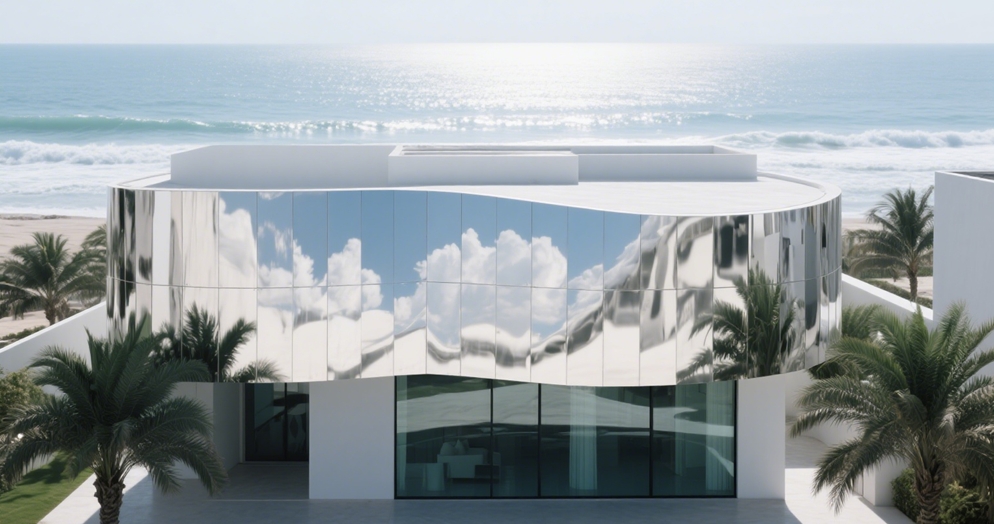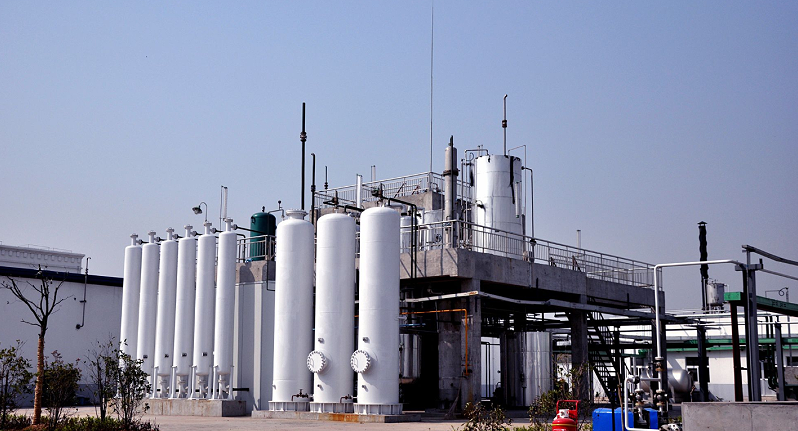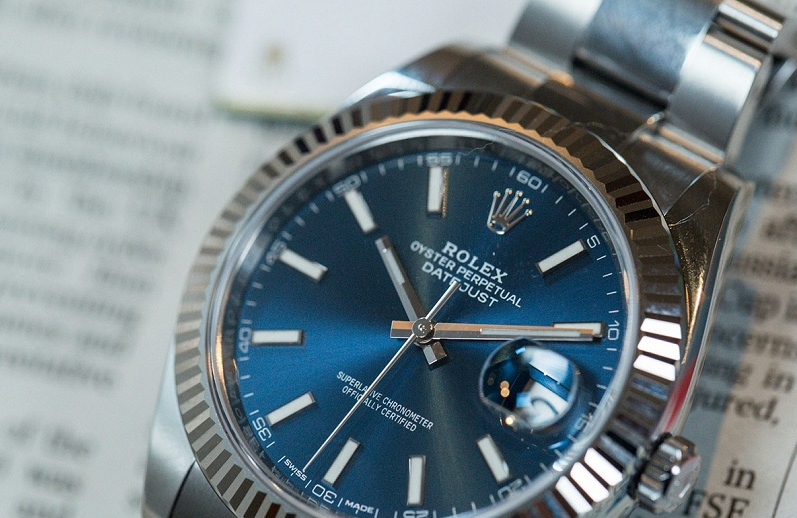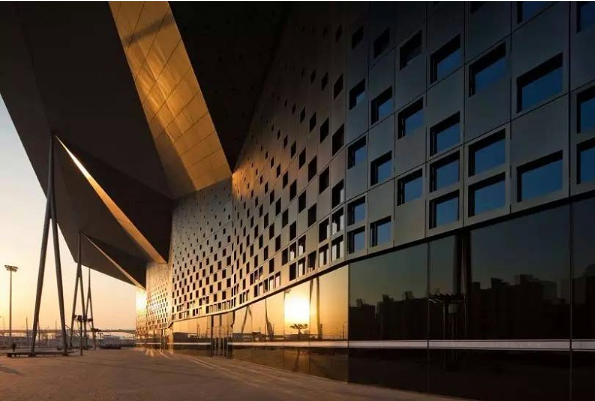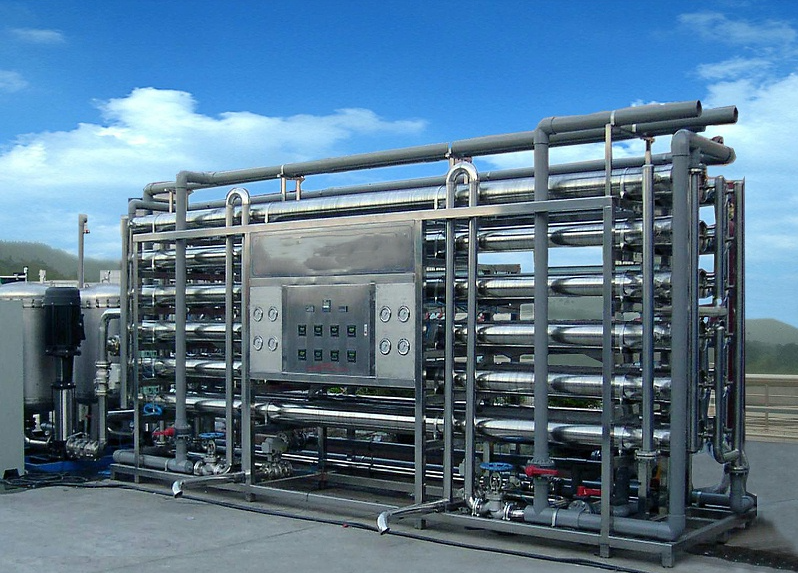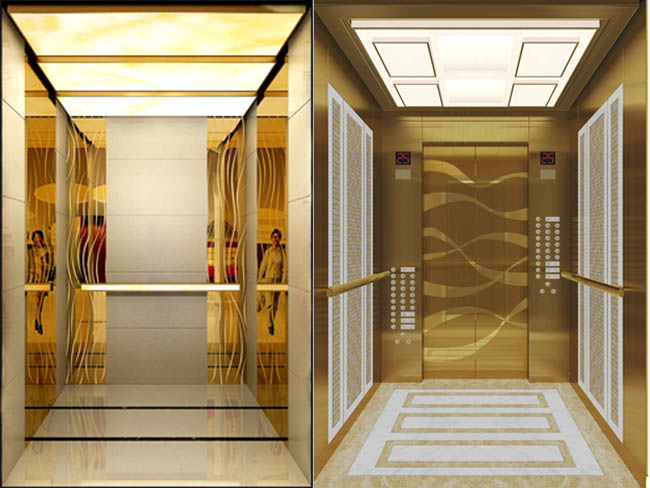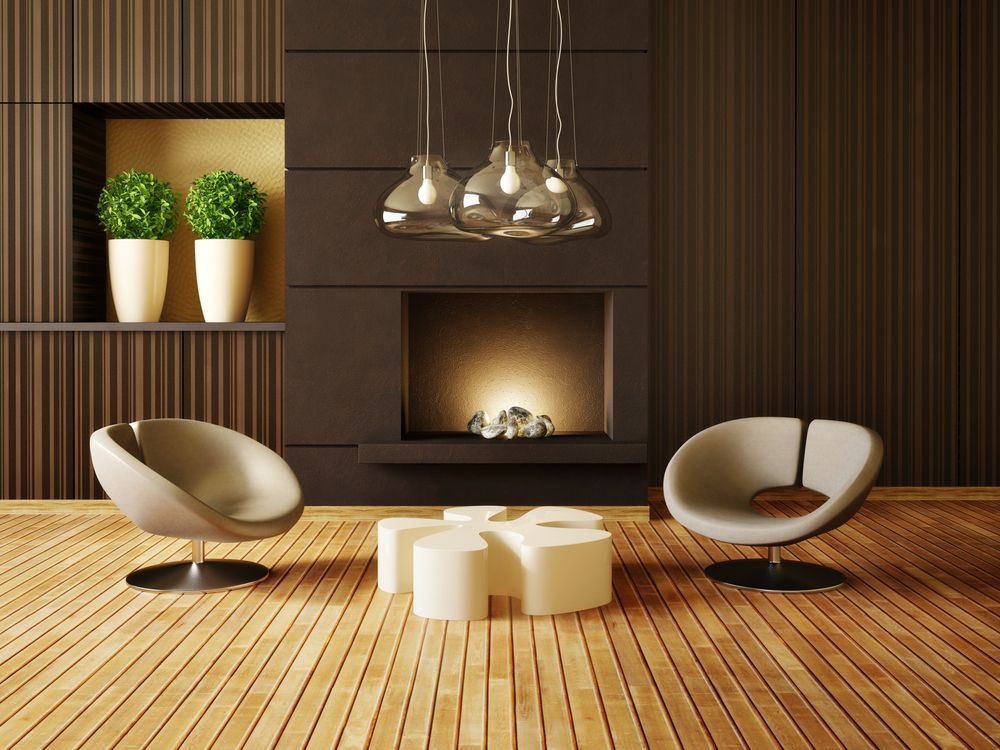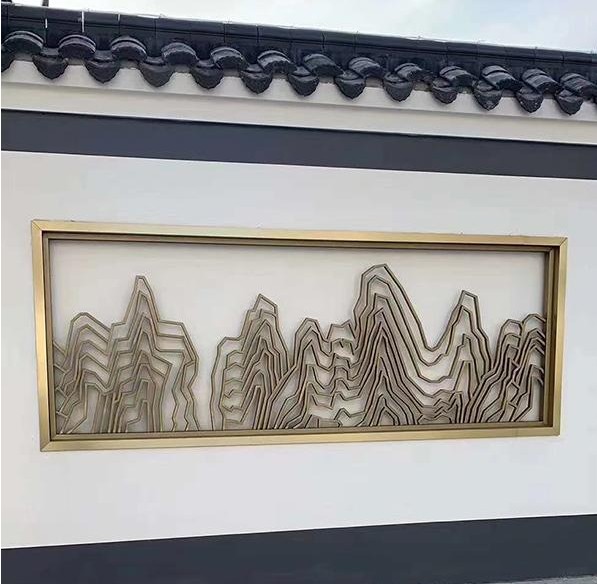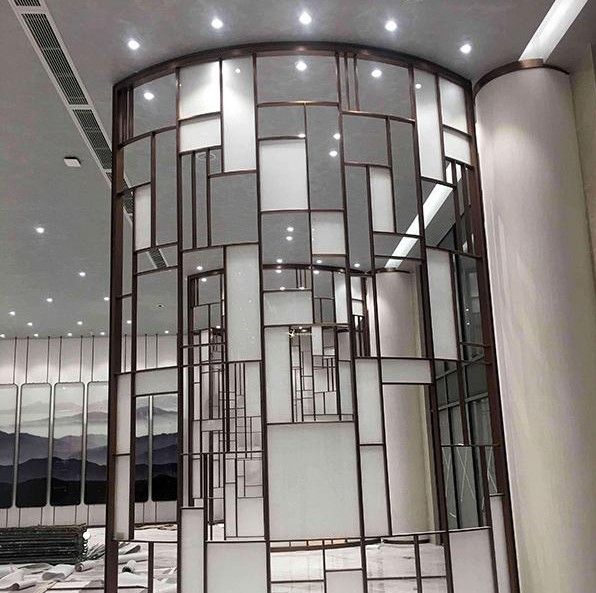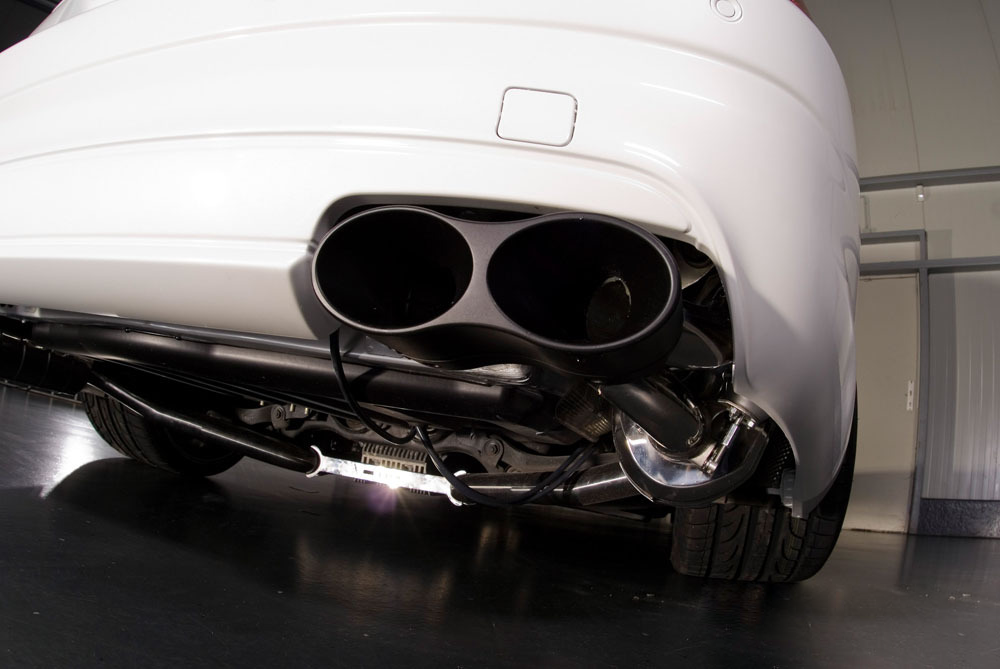Advanced rail transit primarily includes high-speed rail, heavy-haul rail, urban subways, and intercity rail transit. The key development directions for advanced rail transit are high speed, high efficiency, safety, comfort (low noise and vibration), longevity, energy conservation, emission reduction, and greening. Steel material requirements include high strength and toughness, wear resistance, corrosion resistance, low- and high-temperature resistance, and excellent manufacturing processability. Stainless steel plays a vital role in meeting these requirements. The advantages of stainless steel and its products in rolling stock are significant. As China’s urban rail transit construction enters its golden age, demand for stainless steel is growing. According to Lange Steel, China is entering a golden period of rapid urban rail transit development. By 2020, China’s operating railway mileage will reach over 120,000 km, including over 16,000 km of new high-speed rail (currently 19,000 km). Subways and intercity rail transit in key cities are also key planning priorities.
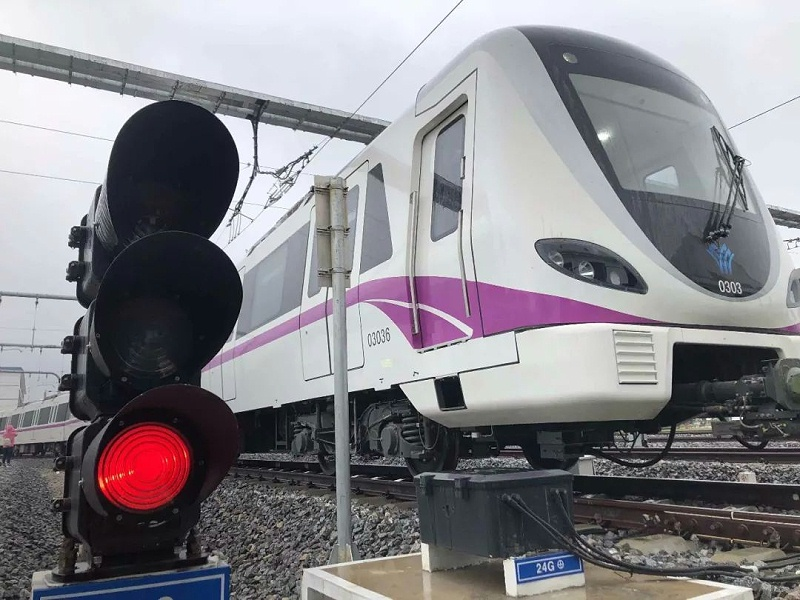
The following are two types of stainless steel used by Dingliang Metal in this industry:
301L Stainless Steel:
301L stainless steel contains low Cr, low Ni content, and high Ni content. It can achieve high strength and hardness through cold working. Compared to ordinary steel grades, it has excellent high-temperature strength, fatigue resistance, and corrosion resistance. Its use in electric vehicles reduces weight and reduces costs.
304L Stainless Steel:
304L stainless steel, also known as ultra-low carbon stainless steel, is a versatile stainless steel material widely used in equipment and parts requiring excellent overall performance (corrosion resistance and formability). It is also used in outdoor machinery in the chemical, coal, and oil industries, which require high resistance to intergranular corrosion, as well as in heat-resistant building materials and parts that are difficult to heat treat.
 Xinliheng aço inoxidável
Xinliheng aço inoxidável


